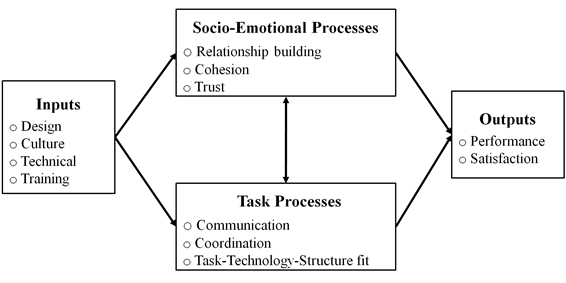-
Amanda Major started the topic Adapting to Pandemic Realities and Virtual Work in the forum Share an Effective Practice 3 years, 2 months ago
COVID-19 global pandemic has thrust many faculty development teams into the world of virtual work. The way teams members worked with each other had to change. Each person reacts differently as they adapt to not only the new style of working with virtual teams but also the realities and demands of the pandemic. Results of a poll about the situation show how the virtual workforce adapted. According to Educause’s quick poll (Grajek, 2020), pros and cons resulted in the shift to remote work due to the pandemic in the higher education technology workforce as follows:
Pros:
Most reported that they have the tools and time they need to do their jobs.
Employees are feeling more loyal to their workplace.
Digital transformation has accelerated.
There is a greater willingness to collaborate.
Employees perceive that their workplaces have a greater compassion for work-life balance.Cons:
Workloads have increased.
Almost half reported having difficulties giving and getting enough human interaction and engagement.
Supervisors are having difficulty maintaining their staff’s morale.
Overall life satisfaction has worsened for about 41% responding.This shift to remote work during the pandemic has affected the workforce and has implications for the way teams are coordinated and employees are managed. Flexibility, empathy, and increased structure is one method for facilitating virtual work. How are others shifting their approaches during this pandemic with the shift to virtual teamwork?
Diagram_of_the_focus_of_virtual_team_research_(Powell,_Piccoli_and_Ives,_2004,_p.8).png
References
Grajek, S. (April 24, 2020), EDUCAUSE COVID-19 QuickPoll Results: The Technology Workforce. Retrieved from the EducauseReview website: https://er.educause.edu/blogs/2020/4/educause-covid-19-quickpoll-results-the-technology-workforce
Vesala, CC BY-SA 3.0 <https://creativecommons.org/licenses/by-sa/3.0>, via Wikimedia Commons [Image]
